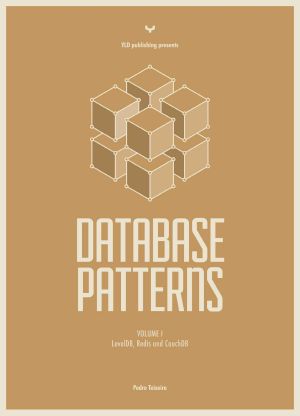Node Patterns - Databases

- Authors
- Teixeira, Pedro
- Date
- 2015-04-08T00:00:00+00:00
- Size
- 0.21 MB
- Lang
- en
Node.js has been designed to do quick and efficient network I/O. It's event-driven streams make it ideal to be used as a kind of smart proxy, often working as the glue between back-end systems and clients. Node was originally designed with that intention in mind, but meanwhile it also has been successfully used to build traditional web applications: an HTTP server that serves HTML pages or replies JSON messages and uses a database to store the data. Even though web frameworks in other platforms and languages have preferred to stick with traditional open-source relational databases like MySQL or PostgreSQL, most of the existing Node web frameworks (like Express, Hapi and others) don't impose any database or even any type of database at all. This bring-your-own-database approach has been in part fed by the explosion in the variety of database servers now available, but also by the ease with which the Node module system and NPM allow you to install and use third-party libraries.
In this book we will analyze some of the existing solutions for interacting with some types of databases and what interesting uses can you give them. This first short book on databases starts with some of my favourites: LevelDB, Redis and CouchDB.